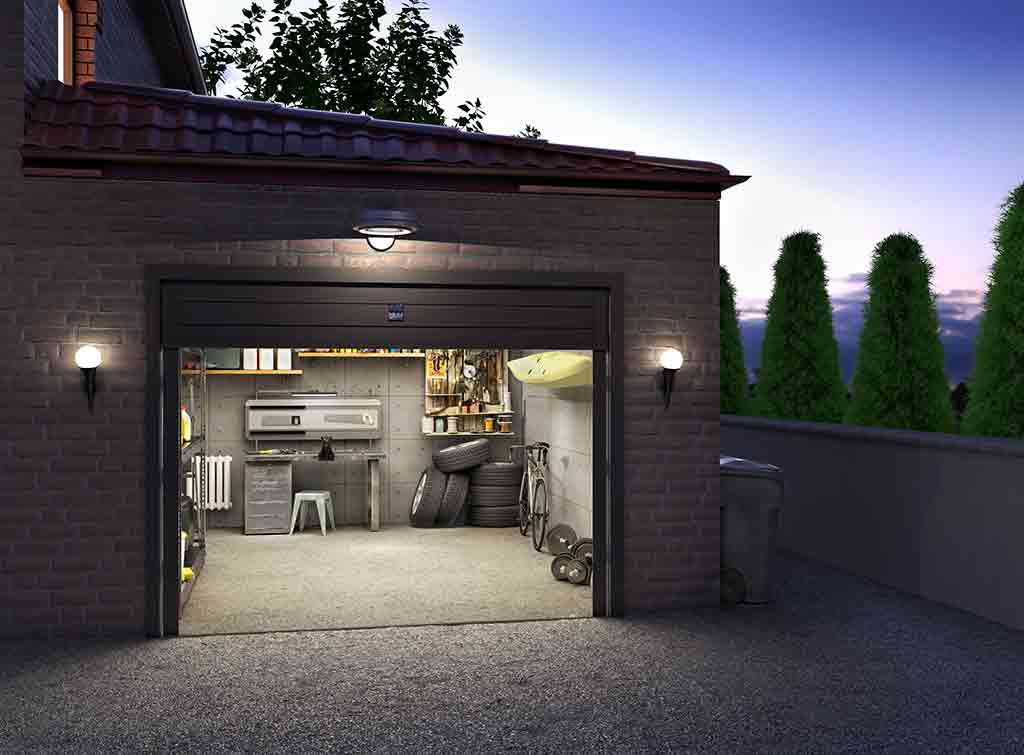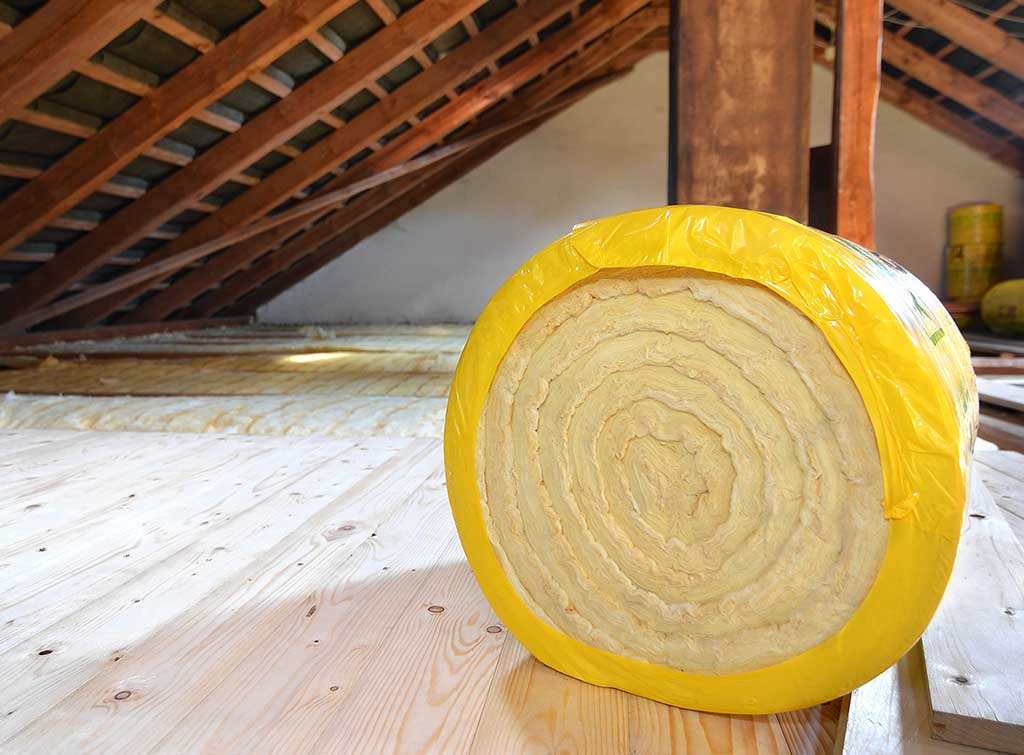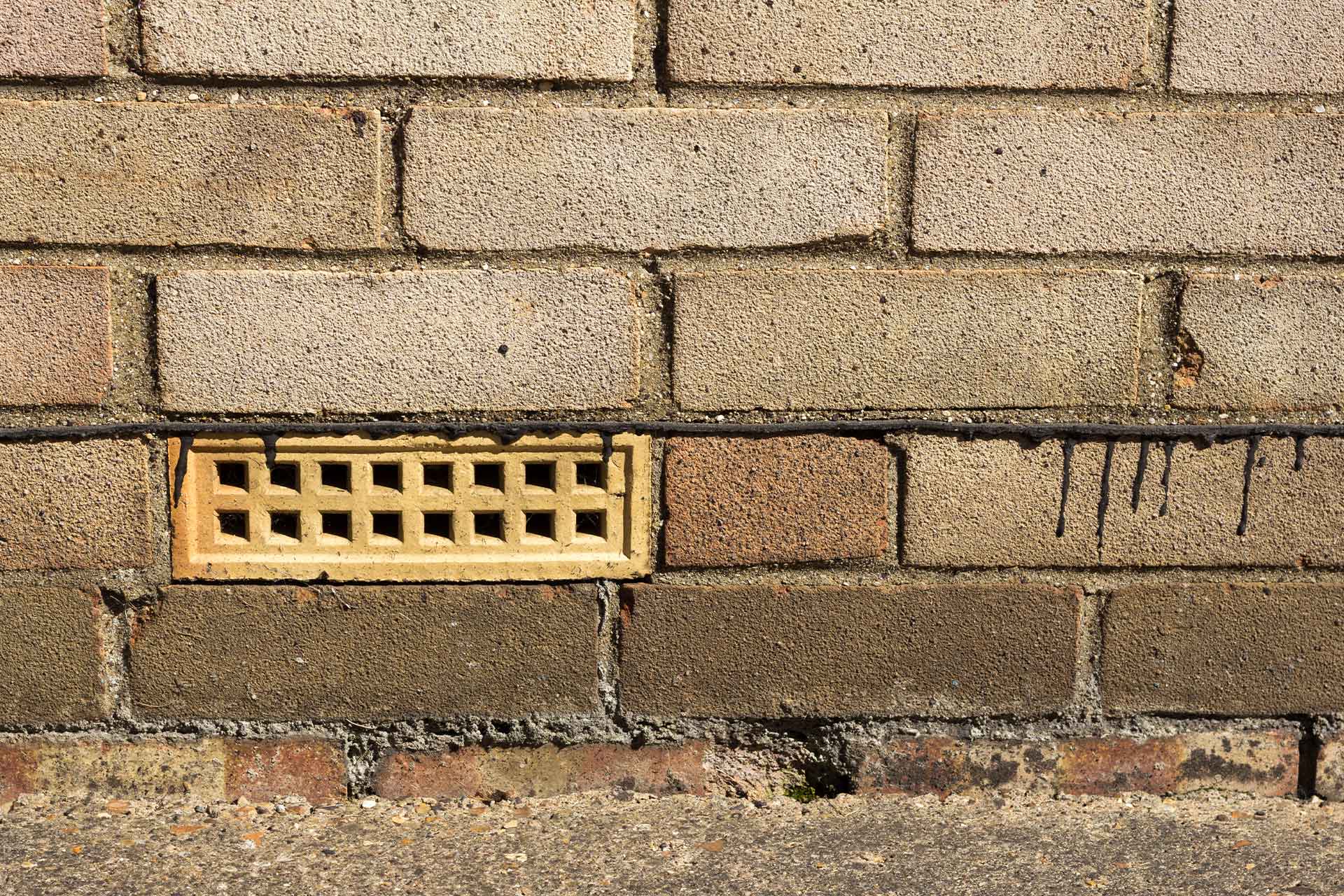Blog>Planning Guides>The ultimate guide to damp proofing your home
Last updated: 13 June 2024
The ultimate guide to damp proofing your home
Living with damp and mould is not only unpleasant, but it can also significantly damage your home and respiratory health. If left untreated, damp and mould can spread rapidly.
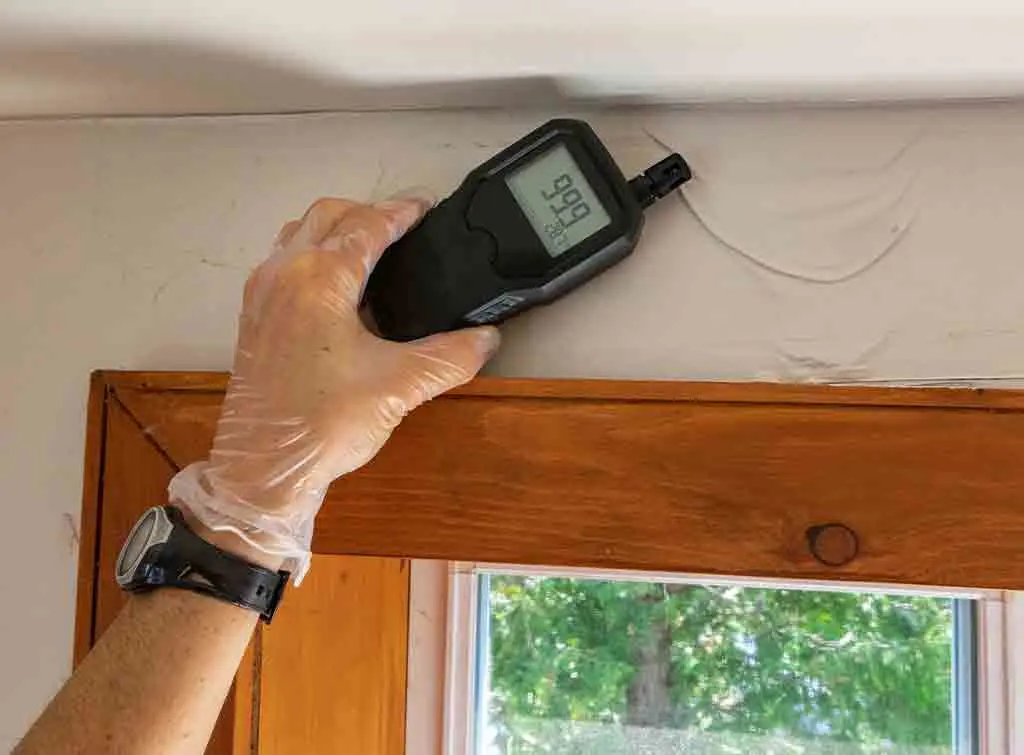
Thankfully, damp proofing to protect our homes against damp now comes as standard in new builds. However, damp proofing can sometimes fail if it's not correctly installed or it can expire in older homes.
So, what damp proof methods can you use to safeguard your home against mould and damp? And how do you find trustworthy professionals to help?
That's where Checkatrade can help.
See the tradespeople we've checked and recommend for your job
First, let's examine what causes damp and the signs to look for.
What causes damp?
Damp can rear its ugly head in many different forms in your home. The three main types of damp are:
Condensation:
Very common and caused by high levels of water in the air
It's often found in rooms like bathrooms and kitchens due to the moisture from showers, kettles and cooking
Condensation can be easily sorted with proper ventilation through windows or extractor fans (more on that later)
Penetrating damp:
Damp, blotchy patches on walls or ceilings, causing plaster to crumble
Often caused by leaks or poorly fitted doors and windows
Rising damp:
Less common and harder to spot
If left untreated, it can damage your flooring, skirting boards and walls
Rising damp is also a culprit for mould, which along with looking unsightly, can seriously affect your respiratory health
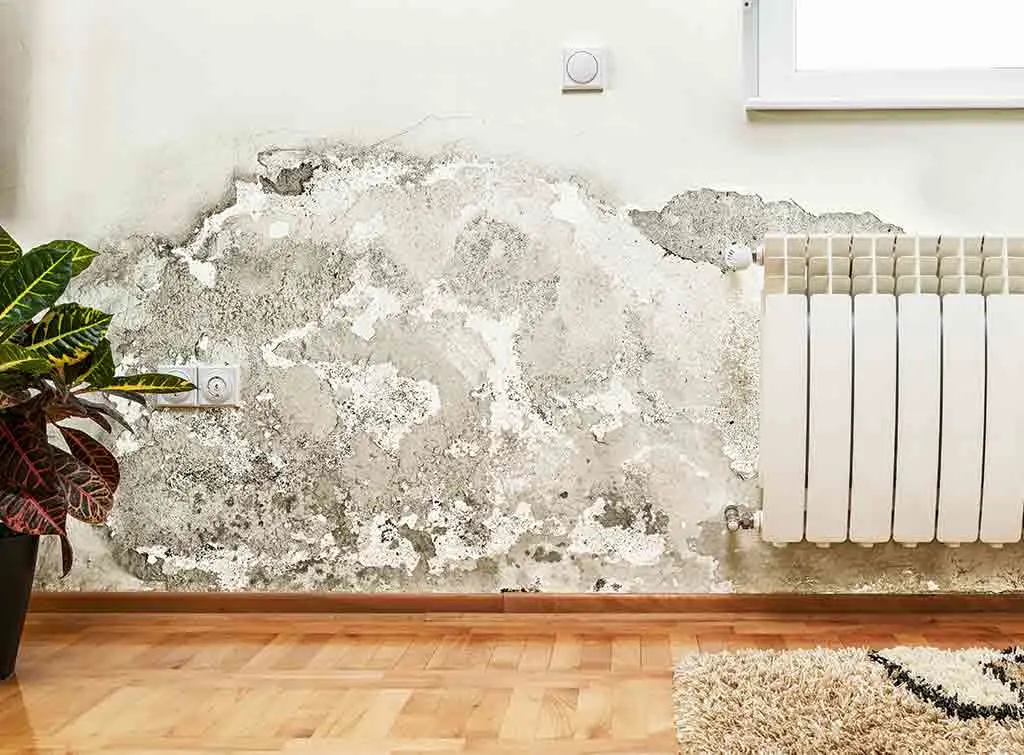
Common signs of damp
Hopefully, by planning and installing damp proof methods (either yourself or professionally), damp won't appear in your home. But it's handy to know what to look out for.
Telltale signs of damp in the home include:
Mould and mildew
Peeling wallpaper
Bubbling or peeling paintwork
Water stains
Damp patches on walls or ceilings
Warping of wooden floors
Top tip – If you're unsure about the quality of your home's existing damp proofing, invest in a moisture meter to help you identify moisture levels.
DIY damp proof methods for condensation
So, what methods can you use to damp-proof your home? It depends on the type of damp and its cause.
First, let's look at condensation – the most common form of damp in the home.
Adding ventilation to allow moisture in the air to escape is key to controlling condensation levels in the home.
Luckily, there are plenty of straightforward and cost-effective solutions you can do yourself, if you know how. Some simple steps to take include:
Opening trickle vents (if you have them) in windows
Opening windows for a few minutes several times a day and whenever they steam up
Using extractor fans in your kitchen and bathrooms
Leaving a gap between walls and furniture to allow air to circulate
Investing in a dehumidifier to reduce moisture levels. A good dehumidifier will cost between £130 – £250, or hire one
Top tip – Want to know if your bathroom or kitchen extractor fan is operating correctly? Place a piece of toilet paper over the fan to check it is drawing in air. Just watch your fingers near the fan.
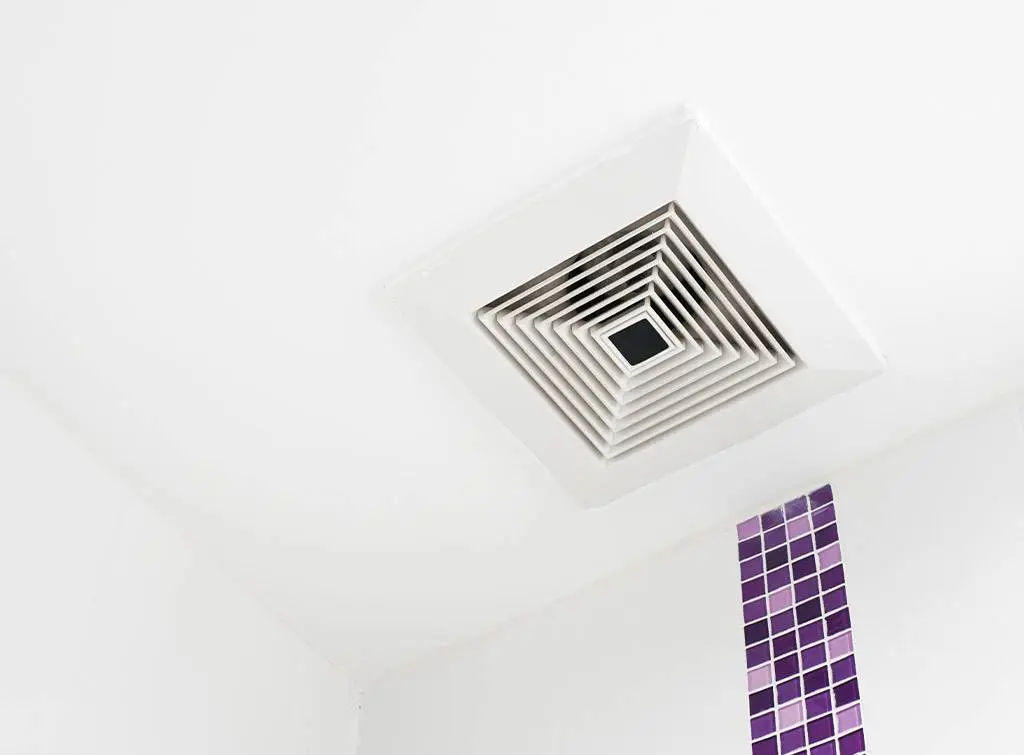
DIY damp proof methods for rising and penetrating damp
Protecting your home's walls and floors against rising and penetrating damp is a much more sizable project and involves a lot of preparation.
If you're taking on the project yourself, there are plenty of DIY kits to buy. However, it's important to note the DIY kits are only suitable for homes with no existing damp issues. Furthermore, this is a time-consuming and messy job!
The two most common damp-proofing techniques are a damp-proof course (DPC) or a damp-proof membrane (DPM).
Let's look briefly at both methods:
Damp proof course (DPC) – Holes are drilled into the mortar joints, and a chemical cream is injected into the holes. This prevents moisture from the ground rising up through the bricks and causing rising damp
Damp proof membrane (DPM) – Rolls of strong polythene plastic or a liquid chemical membrane are laid on top of concrete floors. This sits between your concrete floor and underlay floor covering to form an impenetrable layer and protect against moisture
Let's go through the process for both in detail.
DIY damp proof course for walls
Move furniture to another room or protect with dust covers
Remove plaster, usually to a height of no less than a metre
Remove skirting boards
Remove connecting radiators or any other fixtures to access the full wall
Use a drill to make holes around 11mm wide in your walls
You might need to drill through both the external and internal walls – the instructions in your damp proof course kit should indicate what method and pattern to follow
Check that your pump is powerful enough to push the liquid into your walls
Once the injections are complete, use mortar to fill in any holes. Alternatively, you can buy DPC injection plugs, which cap the holes, meaning there's no need for mortar
Let the mortar dry fully before replastering and then painting your walls
Top tip – Would you rather not use chemicals? Look into electro-osmotic courses, a non-chemical alternative using copper or titanium wiring. It creates a small electric charge that stops the water from rising.
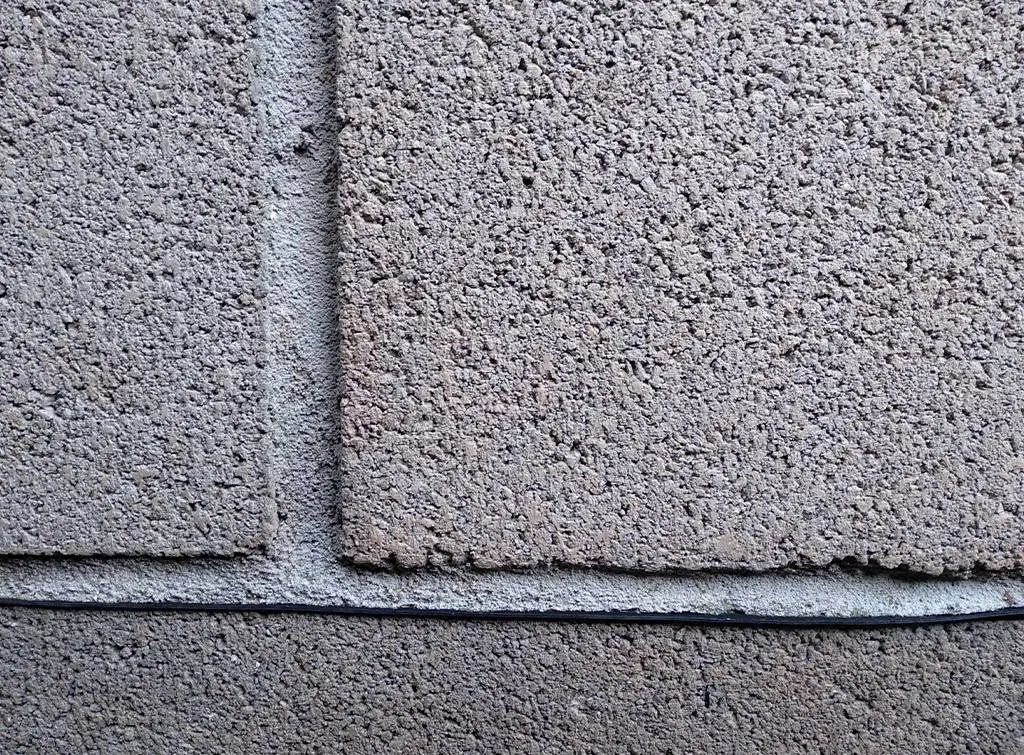
DIY damp proof membrane for floors
Move furniture to another room or protect with dust covers
Remove skirting boards
Remove carpets or other floor type, such as laminate or wood flooring
Repair any damage to the existing concrete floor to create a smooth finish, then leave to dry fully
Apply primer (if needed) to ensure the membrane adheres properly
Measure and cut the membrane to size, allowing for some overlap for the edges
Roll out the plastic membrane across the floor, making sure the membrane reaches up the walls by about 5 -10 cm to create a seal
If multiple sheets are needed, overlap the edges by at least 15 cm to ensure there are no gaps where moisture can seep through
Seal the membrane using specialist DPM tape to seal the overlapping edges of the membrane and around the pipework
Smooth out the membrane to prevent the membrane from being damaged
Finally, protect the membrane with an underlay before finishing with your carpets, laminate or wood flooring
All sounding like too big a job to take on yourself? Don't worry.
If you'd rather leave it to the professionals, there are many damp-proofing companies to call on. Which brings us to…
See the tradespeople we've checked and recommend for your job
How can a damp proofing company help?
When installed by an experienced professional, damp proof methods protect against moisture penetration and damp for up to 20 years – or longer, if you're lucky.
Better still, many reputable damp proof companies go one step further by guaranteeing their work. This typically covers damp proofing methods for 20 years for added peace of mind. Something you wouldn't get if you installed the damp proof treatment yourself.
And don't forget, if you book through Checkatrade, we guarantee their work up to £1,000. Guaranteed for 12 months – Eligibility criteria and T&Cs apply.
How much does a damp proof company charge?
The cost of professional damp proofing depends on the job size and the method type.
However, to help you budget, the average damp proofing cost is around £5,000, although this does not cover material costs.
Or, for another way of looking at it, damp proofing walls costs on average £100 per metre of wall treated.
How to find a damp proof company
If you're ready to find a reputable damp proof company near you, you can follow these three simple steps to get started.
Use a professional directory
Keep things simple by searching with a professional directory (like Checkatrade!). We’re so confident in the quality of the trades on Checkatrade that if you book through us, we guarantee their work up to £1,000. Guaranteed for 12 months – Eligibility criteria and T&Cs apply.
Contact or pay a trade through Checkatrade and you’re covered by our 12-month guarantee of up to £1,000*

Read online reviews
Hear what other customers have to say about professional tradespeople near you. We check the reviews on Checkatrade are from real people, and that trades meet our high standards.

We check the reviews on Checkatrade are from real people, and that trades meet our high standards.
Compare quotes
Getting at least three quotes from damp proof companies is always wise. That way, you can be sure you’re getting the best tradesperson and price for the job.
Key takeaways
Never ignore damp – it could be wreaking havoc on your home and health
Ventilation is key to keeping on top of condensation and damp
Hiring a professional to carry out your home's damp proofing is always a wise investment
See the tradespeople we've checked and recommend for your job
More Planning Guides
See the tradespeople we've checked and recommend for your job

